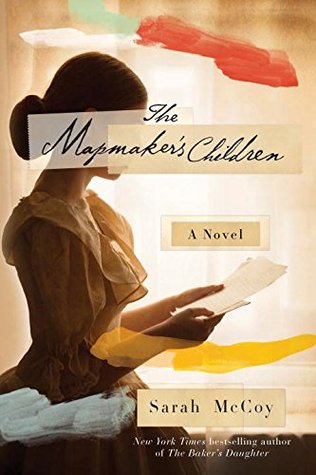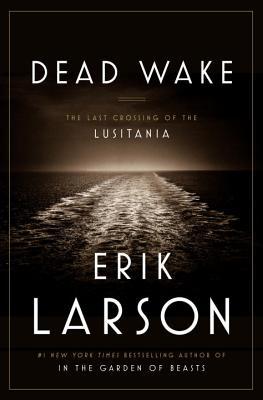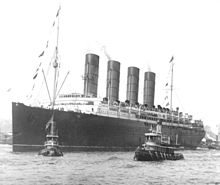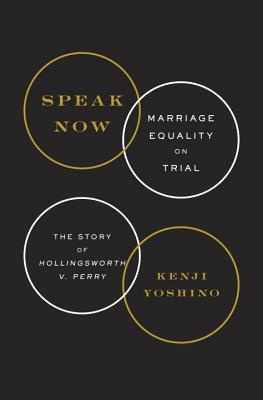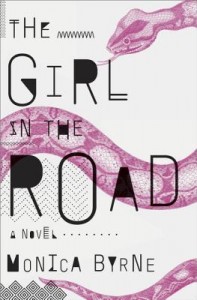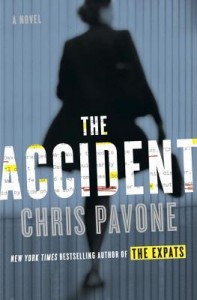 Format read: ebook provided by the publisher via Edelweiss
Format read: ebook provided by the publisher via EdelweissFormats available: hardcover, ebook, audiobook
Genre: science fiction
Length: 368 pages
Publisher: Crown Publishing
Date Released: July 14, 2015
Purchasing Info: Author’s Website, Publisher’s Website, Goodreads, Amazon, Barnes & Noble, Kobo, Book Depository
Zack Lightman has spent his life dreaming. Dreaming that the real world could be a little more like the countless science-fiction books, movies, and videogames he’s spent his life consuming. Dreaming that one day, some fantastic, world-altering event will shatter the monotony of his humdrum existence and whisk him off on some grand space-faring adventure.
But hey, there’s nothing wrong with a little escapism, right? After all, Zack tells himself, he knows the difference between fantasy and reality. He knows that here in the real world, aimless teenage gamers with anger issues don’t get chosen to save the universe.
And then he sees the flying saucer.
Even stranger, the alien ship he’s staring at is straight out of the videogame he plays every night, a hugely popular online flight simulator called Armada—in which gamers just happen to be protecting the earth from alien invaders.
No, Zack hasn’t lost his mind. As impossible as it seems, what he’s seeing is all too real. And his skills—as well as those of millions of gamers across the world—are going to be needed to save the earth from what’s about to befall it.
It’s Zack’s chance, at last, to play the hero. But even through the terror and exhilaration, he can’t help thinking back to all those science-fiction stories he grew up with, and wondering: Doesn’t something about this scenario seem a little…familiar?
My Review:
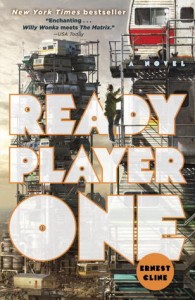 If Ready Player One and The Last Starfighter had a love child, possibly with a little DNA donated from Star Trek and Guardians of the Galaxy, you might end up with something like Armada.
If Ready Player One and The Last Starfighter had a love child, possibly with a little DNA donated from Star Trek and Guardians of the Galaxy, you might end up with something like Armada.
Ready Player One is definitely one of the parents for this book. Not just because Ernest Cline wrote both, but because there are a starship load of similarities between the two stories.
Not that it’s a bad thing. I adored Ready Player One and loved all the source material for this book. But for those of us who have a long history with science fiction and fantasy, it’s pretty easy to spot the homages.
Like Ready Player One, Armada is a coming of age story about a young man who has to save the world using his geekery skills and dipping into his love of 1980s nerd culture.
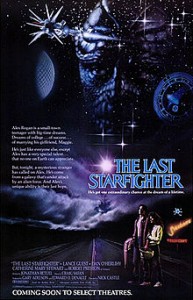 It’s possible that every SF fan has a secret, or not so secret, desire to discover that there is a way into the SF universes that they love. When Centauri recruits Alex in The Last Starfighter because Alex has achieved the record high score in the game, all too many of us wanted to go with him.
It’s possible that every SF fan has a secret, or not so secret, desire to discover that there is a way into the SF universes that they love. When Centauri recruits Alex in The Last Starfighter because Alex has achieved the record high score in the game, all too many of us wanted to go with him.
Having the game become real and take us into its world is a recurring theme in video game fanfiction, because it represents a dream come true for so many.
Armada takes that theme and mixes it with a bit of Independence Day, along with the often used theme in Star Trek that what we think the aliens want, or what we think we have to do to defend ourselves, may not be the correct answer after all.
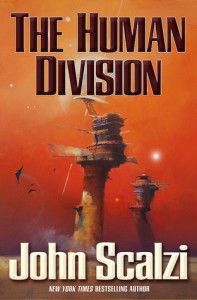 Both Tanya Huff’s Valor series and the revelations in The Human Division of John Scalzi’s Old Man’s War series (and it also looks like this is part of the story in The End of All Things) also play with this theme. That who we think we’re fighting and why is not the real story.
Both Tanya Huff’s Valor series and the revelations in The Human Division of John Scalzi’s Old Man’s War series (and it also looks like this is part of the story in The End of All Things) also play with this theme. That who we think we’re fighting and why is not the real story.
To paraphrase Battlestar Galactica, “this has all happened before and it will all happen again.”
Like the heroes and heroines in so many of these stories, Zack finds out that so much of what he has believed about his world is not quite true. Including the death of his father in a sewage-treatment plant accident.
The video games that Zack and his friends are playing – Armada and Terra Firma – are training modules for the surprisingly real Earth Defense Alliance, and Zack’s high score makes him and elite recruit drone pilot. Of course, he is recruited just ahead of the impending invasion of Earth, and the truth that is suddenly out there has a very good chance of getting him killed and wiping out the Earth.
Unless Zack beats the game, and the test, in his own way. It is always better to ask forgiveness than permission. If you’re right, and lucky, you might not even need forgiveness.
Escape Rating B: I loved Armada, and pretty much read it in one glorious binge. That being said, I also have to say that it just isn’t nearly as good as Ready Player One. Ready Player One feels more original. It used its geek nostalgia as backdrop and inspiration, but the story was the quest.
In Armada, the sources that inspired the story also help predict the story a bit too much. For those of us who love SF, there’s a lot to love in Armada, but we have also seen or read this story, or one very much like it, before.
It does pull at the heart. Zack’s relationship with his single-mom, and the depth of his relationships with his friends, is guaranteed to get most readers in the feels. And anyone who isn’t gotten, I’d wonder whether they have any feels. On that other hand, Zack’s love interest feels pretty much like a geek-boy fantasy. She’s pretty AND she can kick ass in video games. She definitely shares a bit too much DNA with Aech in Ready Player One.
This is Zack’s coming of age story. He starts the morning as a senior in high school, and ends the day saving the world through his love of video games. But also, and most importantly, with his brains and his heart and not just his amazing hand/eye coordination.
One of the best things about Armada is the way that Zack is able to embody the “sensawunder” that the best SF inspires in so many of us. His eyes are opened and the world is so much more fantastic than he ever imagined it could be – and he gets to be a part of it, and help save it, and grow up.
In spite of its flaws, Zack’s story is like a dream come true for all of us who are still waiting for Scotty to beam us up.

